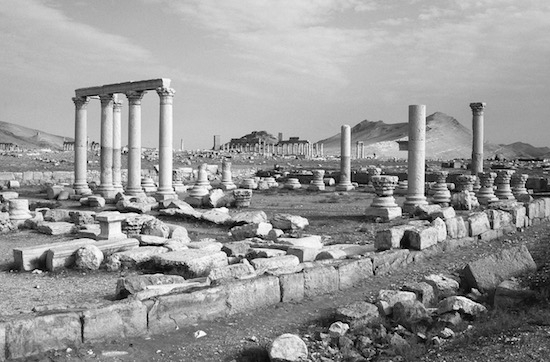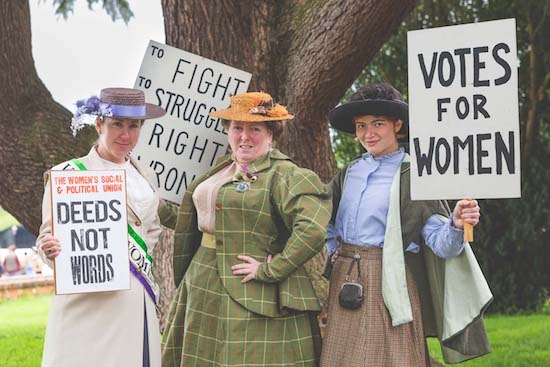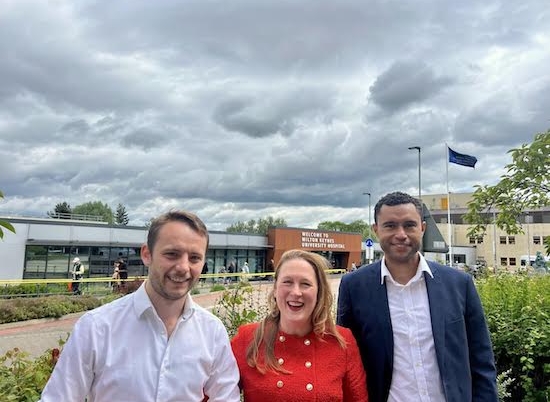Milton Keynes Central Library will host an exhibition of photography by David Tunnicliffe, starting tomorrow (August 1).
Palmyra, Venice of the Sands, was once a Paradise on Earth for early travellers and this display explores the magnificence before the devastatation.
Ian Biggs, Australian Ambassador to Austria and Permanent Representative to the United Nations, explains more about the history and the present.
"In the 1st century BC, the oasis city of Palmyra shared with Petra control of the main trade route between Levantine Syria and Babylonia (southern Iraq). Palmyra was annexed by Germanicus under Augustus, and colonised by Septimius Severus and Caracalla. After the local ruler Zenobia revolted in AD 269–273, it was sacked by Aurelian. As the desert reclaimed the ruins, the temples became churches and then mosques.
"I first visited Palmyra as an Archaeology student, 40 years ago, approaching the mirage in a smoke-filled bus at sunset. A diplomatic assignment to Damascus in the early 1990s provided many more opportunities, because every official delegation and private houseguest had to be shown this marvel of Roman grandeur in the desert.
"David Tunnicliffe was our favourite guest – a family friend from earlier service together in Cairo, and a superb photographer. His images from 1993, displayed here, evoke Palmyra when it was the pride of the Syrian antiquities service, a magnificent site remote enough not to be overrun by tourists.
Follow Total MK on Facebook: here and twitter here for breaking news in Milton Keynes
"Palmyra as a traveller’s objective was supremely romantic: the caravan city, extracting tolls from the camel trains on the Silk Road, bringing luxuries (silk, perfumes, spices, ebony, ivory) from the East (India, Central Asia and China) to the Mediterranean; and the Roman frontier, where speakers of Aramaic wrote in a Syriac script that prefigured Arabic; and remarkable naturalistic portrait sculpture that shows Roman subjects dressed like Parthians and evidently prospering.
"Palmyra came to resonate in a different way in the global imagination, after its conquest by ISIL in 2015. Its great sandstone theatre featured in snuff videos; its curators were murdered; its monuments were blown up. The prison for which Tadmor was best known among Syrians was emptied, the museum was vandalised, and the town became with Raqqa, Mosul and Fallujah a byword for sociopathic horror.
"But two thoughts: first, that many of the major monuments then destroyed or damaged were reconstructions of the 20th century (the Bel Temple in the 1930s, the theatre and the Baal-Shamin Temple in the 1950s, the tetrapylon in the 1960s – only one of its 16 columns was original) – international archaeological teams restoring stones toppled in the 3rd century.
"Three-dimensional puzzles once solved are perhaps repeatable. And second, that historically significant European cities smashed in the Second World War, among them Vienna, Dresden and St Petersburg, have been resuscitated successfully, including their architectural masterpieces. Nil desperandum for Palmyra’s ancient remains at least; and David Tunnicliffe’s artistic documentation of what was lost may yet play an important part in its recovery."
Palmyra, Venice of the Sands can be viewed on the Ground Floor of the Museum through to September 1.
Opening hours are 9am-6pm Monday- Friday, and 9am-5pm on Saturday.
Follow Total MK on Facebook: here and twitter here for breaking news in Milton Keynes















